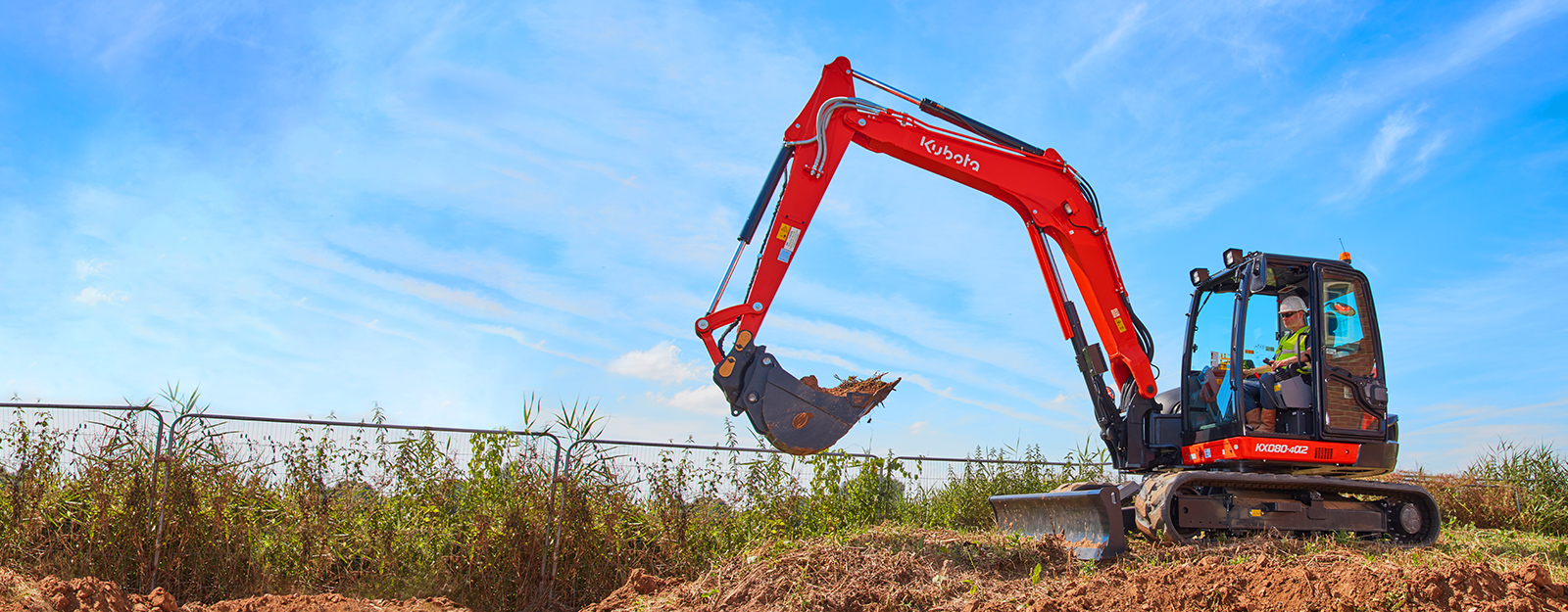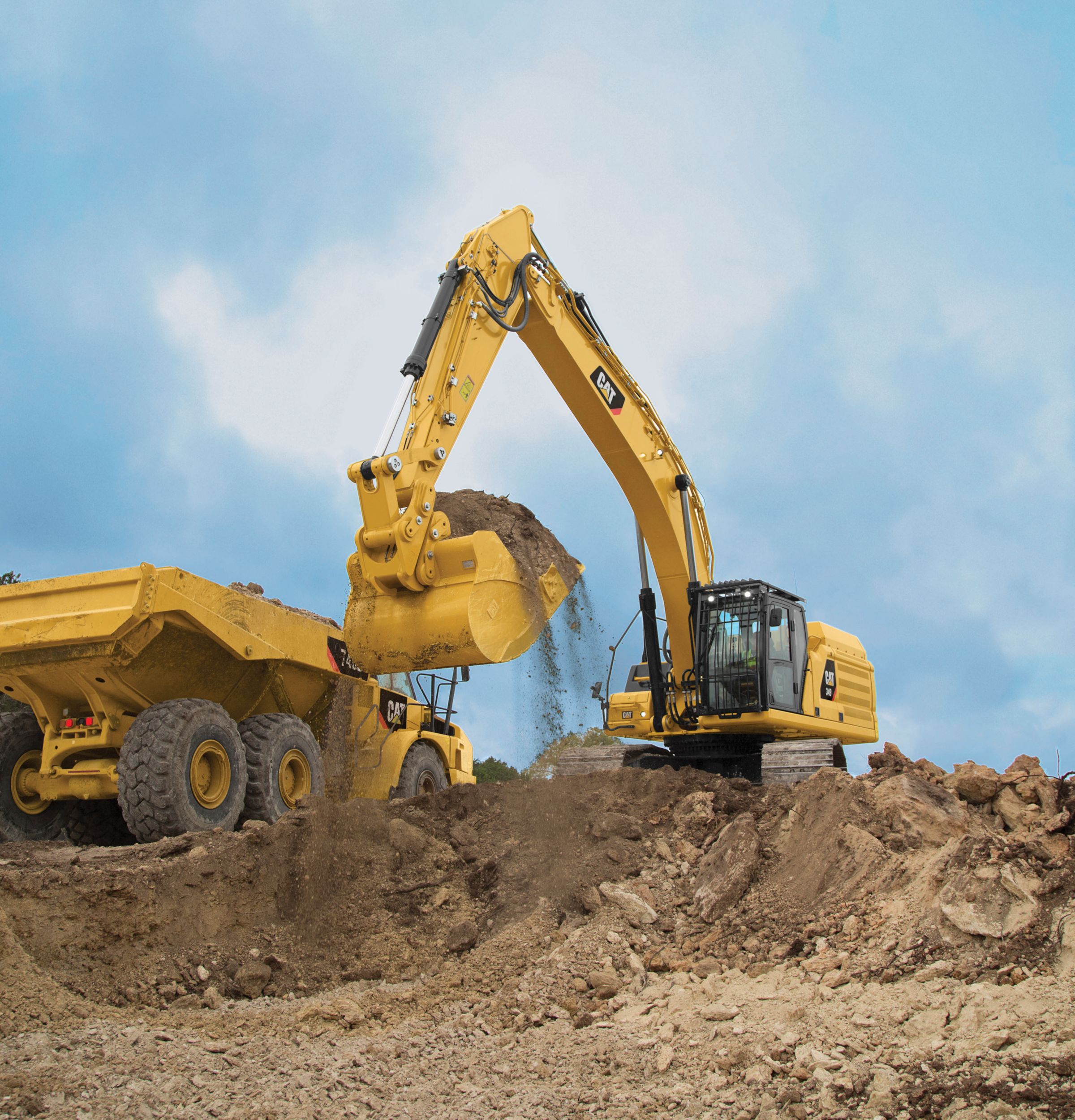Mini Excavator Rental: Compact and Powerful Machinery
Mini Excavator Rental: Compact and Powerful Machinery
Blog Article
Leasing Vs. Acquiring Building And Construction Equipment: Making the Right Choice for Your Job
When starting a building and construction job, one of the vital decisions that forecast managers and stakeholders face is whether to rent or get construction devices. Both alternatives have their drawbacks and benefits, making the selection an essential one in the job preparation procedure. The choice rests on different aspects such as cost considerations, project duration, devices maintenance, flexibility, danger, and scalability administration. Each aspect plays a vital duty in establishing one of the most suitable course for the task's devices requirements. boom lift rental. Allow's check out these aspects even more to recognize just how they influence the decision-making procedure and inevitably the success of the job.
Expense Factors To Consider
When evaluating the monetary aspect of renting out versus purchasing construction devices, the in advance expenses and lasting expenses should be very carefully considered. Leasing devices often needs reduced first payments compared to acquiring, making it an appealing choice for short-term tasks or professionals with budget restrictions. Leasing removes the demand for big funding investments and minimizes the economic danger connected with equipment possession, such as maintenance and devaluation prices. Nonetheless, over time, constantly renting out tools can accumulate higher expenses than purchasing, particularly for prolonged jobs.
On the other hand, buying construction equipment entails greater ahead of time costs however can result in long-term savings, specifically for long-term jobs or frequent users. Inevitably, the choice in between renting and acquiring building equipment pivots on the task's duration, regularity of usage, budget plan considerations, and lasting economic goals.
Job Duration

Alternatively, for long-term projects or ongoing building and construction job, purchasing equipment might be the a lot more economical choice. Investing in equipment can cause cost savings over time, particularly if the equipment will certainly be frequently utilized. Moreover, having equipment provides a sense of control over its accessibility and permits personalization to fit certain job demands.

Equipment Upkeep
Provided the crucial role task period plays in identifying one of the most affordable technique in between getting and leasing building and construction devices, the emphasis now changes in the direction of analyzing the necessary aspect of devices maintenance. Proper upkeep is crucial for guaranteeing the optimum performance and long life of building and construction devices. Leasing equipment frequently comes with the advantage of having actually well-maintained equipment given by the rental company. This can minimize the worry of upkeep tasks from the task owner or professional, saving effort and time. On the other hand, possessing equipment requires an aggressive strategy to upkeep to avoid breakdowns, ensure safety and security, and extend the equipment's life-span. Regular assessments, servicing, and prompt fixings are essential to keep owned equipment in leading working problem. Element in upkeep prices when making a decision between purchasing and renting, as disregarding upkeep can bring about costly repair services, downtime, and job hold-ups. Ultimately, a properly maintained building and construction equipment fleet, whether rented out or had, is important for the effective and reliable conclusion of construction projects.
Flexibility and Scalability
In the world of building and construction tools administration, the aspect of versatility and scalability holds substantial relevance for project effectiveness and source usage. Opting to rent building and construction devices offers a high degree of versatility as it permits for the quick modification of devices types and amounts based on the developing requirements of a task.
In addition, scalability, another important element, is naturally connected to adaptability. Renting out building equipment provides the benefit of easily scaling operations up or down as task needs change. Specialists can rapidly add or exchange devices to match the project's changing demands without the constraints of owning possessions that might become underutilized or outdated. This ability to range sources successfully can cause cost savings and improved task timelines, making leasing a beneficial choice for projects requiring flexibility and responsive resource allotment.
Danger Monitoring
Effective risk management in construction tools procedures is vital to guaranteeing project success and mitigating prospective financial losses. Construction projects naturally involve various dangers, such as equipment failures, mishaps, and job delays, which can considerably affect the task timeline and budget plan. By meticulously considering the risks related to owning or renting out construction devices, project managers can make educated decisions to minimize these prospective hazards.
Leasing building tools can offer a level of risk mitigation by transferring the responsibility of repair and maintenance to the rental business. This can minimize the economic worry on the task owner in instance of unforeseen tools failings (aerial lift rental). In addition, leasing gives the adaptability to accessibility specific devices for details job phases, minimizing the threat of having underutilized equipment
On the various other hand, owning construction tools supplies a sense of control over its usage and maintenance. Nevertheless, this additionally suggests bearing the complete responsibility for repairs, upkeep prices, and devaluation, enhancing the financial risks connected with tools ownership. Careful threat evaluation and factor to consider of factors such as job duration, devices use, and maintenance requirements are important in identifying one of the most ideal choice for effective danger administration in building and construction jobs.
Final Thought
Finally, when determining between renting and acquiring building equipment, it is necessary to consider price, project period, equipment upkeep, adaptability, threat, and scalability management. Each factor plays an important duty in figuring out one of the most appropriate option for the task at hand. By thoroughly examining these aspects, task managers can make an educated choice that lines up with their spending dozer rental plan, timeline, and overall project objectives.

Report this page